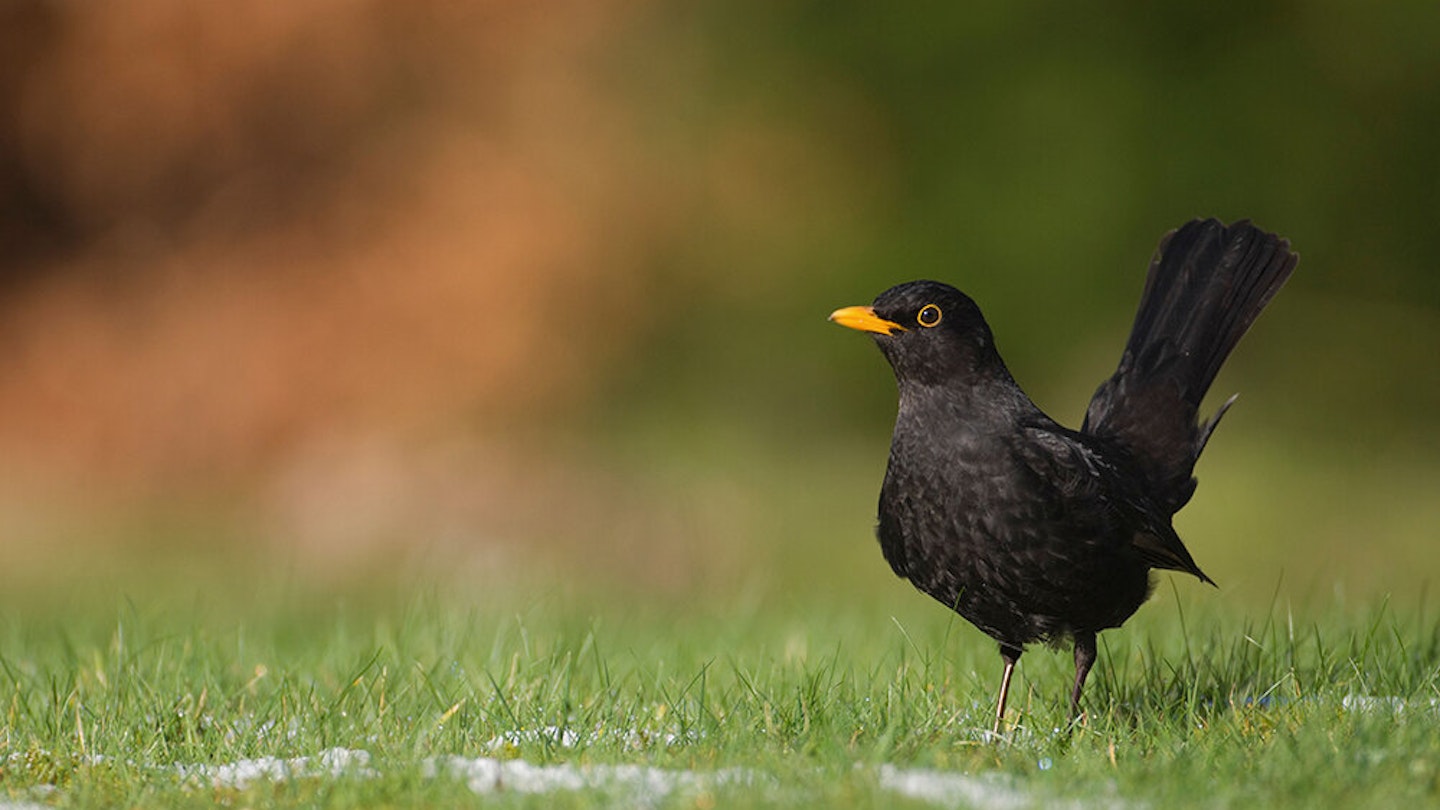THRUSHES
We have five species of larger thrush which occur in the UK in the winter, plus the Ring Ouzel, which is a summer visitor, arriving in April and leaving in the autumn. However, it is slightly confusing as only two of our thrushes are called ‘Thrush’ in their name. Identification is not that tricky, apart from (in some circumstances) Mistle and Song Thrushes and birds seen distantly in flight. Redwings and Fieldfares are primarily winter visitors, which come into the country in their hundreds of thousands in the late autumn. The other species are also migratory to some extent, with continental birds boosting our resident populations.
BLACKBIRD
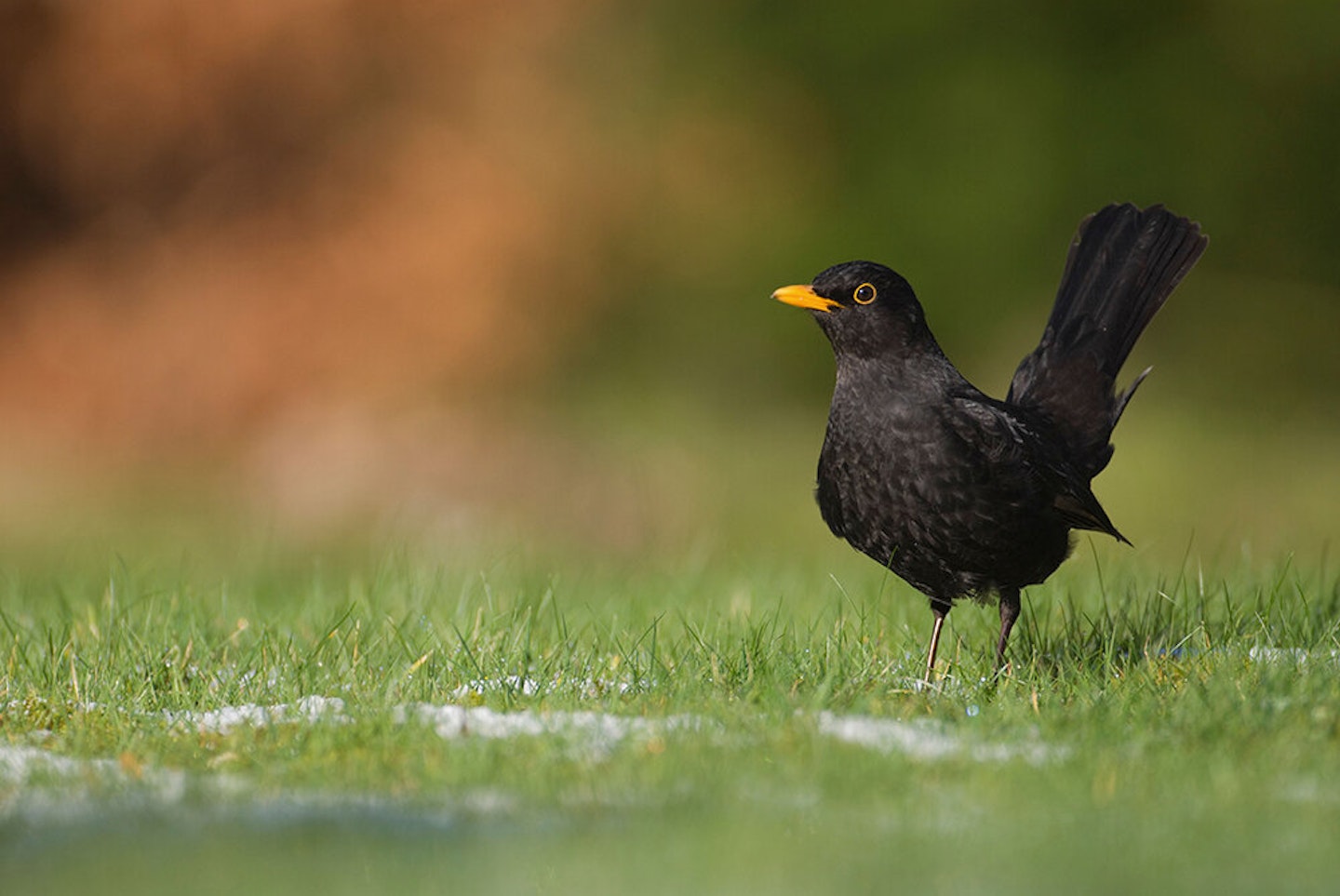
A large, plump, short-winged, long tailed thrush. Adult males are all black with yellow-orange bill and eye ring. Adult females are dark brown and slightly spotted (some pale individuals can cause confusion). First-winter males are black with black bills and are the commonest groups seen as autumn immigrants. Repeated 'pink' call especially near roost time.
RING OUZEL

The Blackbird’s sexy, long-winged, silver-winged, white breast flash cousin. Ring Ouzels are scaly, ultra shy birds of mountains, seen on passage in spring and autumn across the country, in suitable short cropped, undisturbed fields, shunning man. Adult Males have the cleanest white breast band, females are browner. First-winters are duller still, like attenuated, scaly Blackbirds. Harsh 'chuck' call.
MISTLE THRUSH
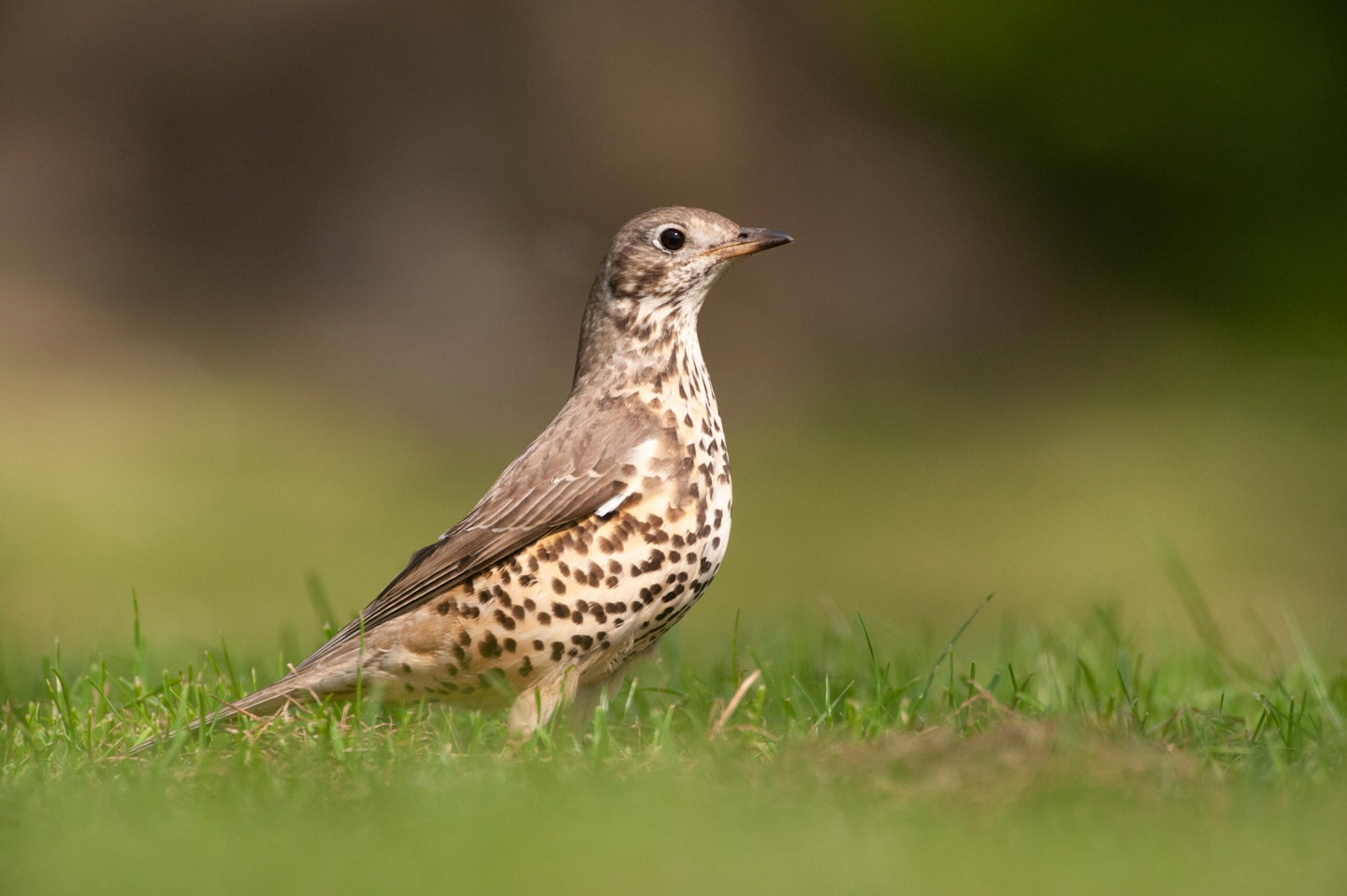
Our biggest thrush, the Mistle Thrush is a whopper. Long tailed, small headed and quite pale brown with blob like black breast spots and white outer tail corners and white underwing. Dry, rattling call. A bird of tall mature trees and open parkland.
SONG THRUSH
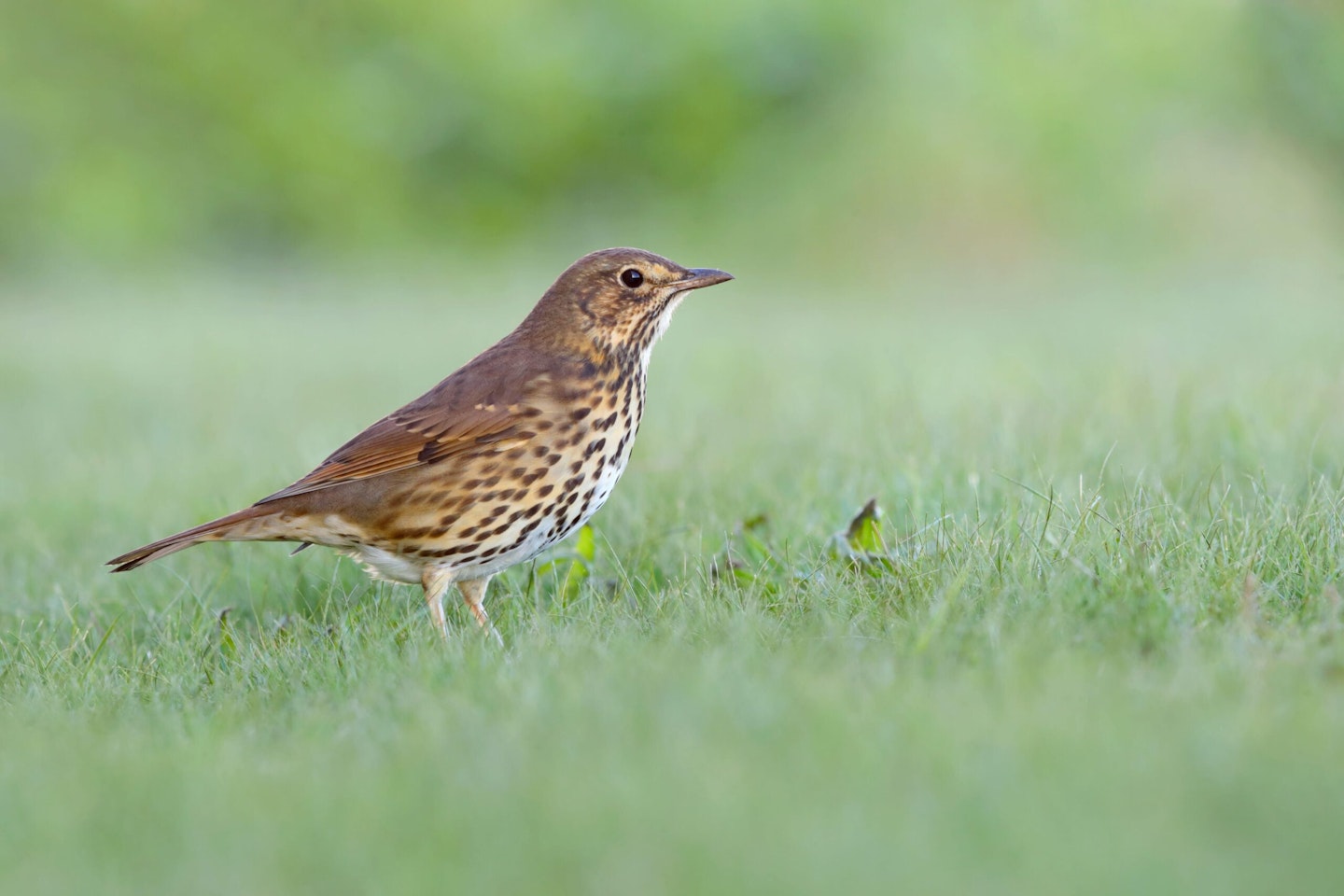
Much smaller than a Mistle Thrush, the Song Thrush is the snail smashing thrush. Plainer olive brown with a hint of yellow ochre in the breast and breast spots almost forming ‘streaks’. High 'tick' call and this is the thrush which repeats each phrase of it song a few times. Yellowish underwing.
REDWING
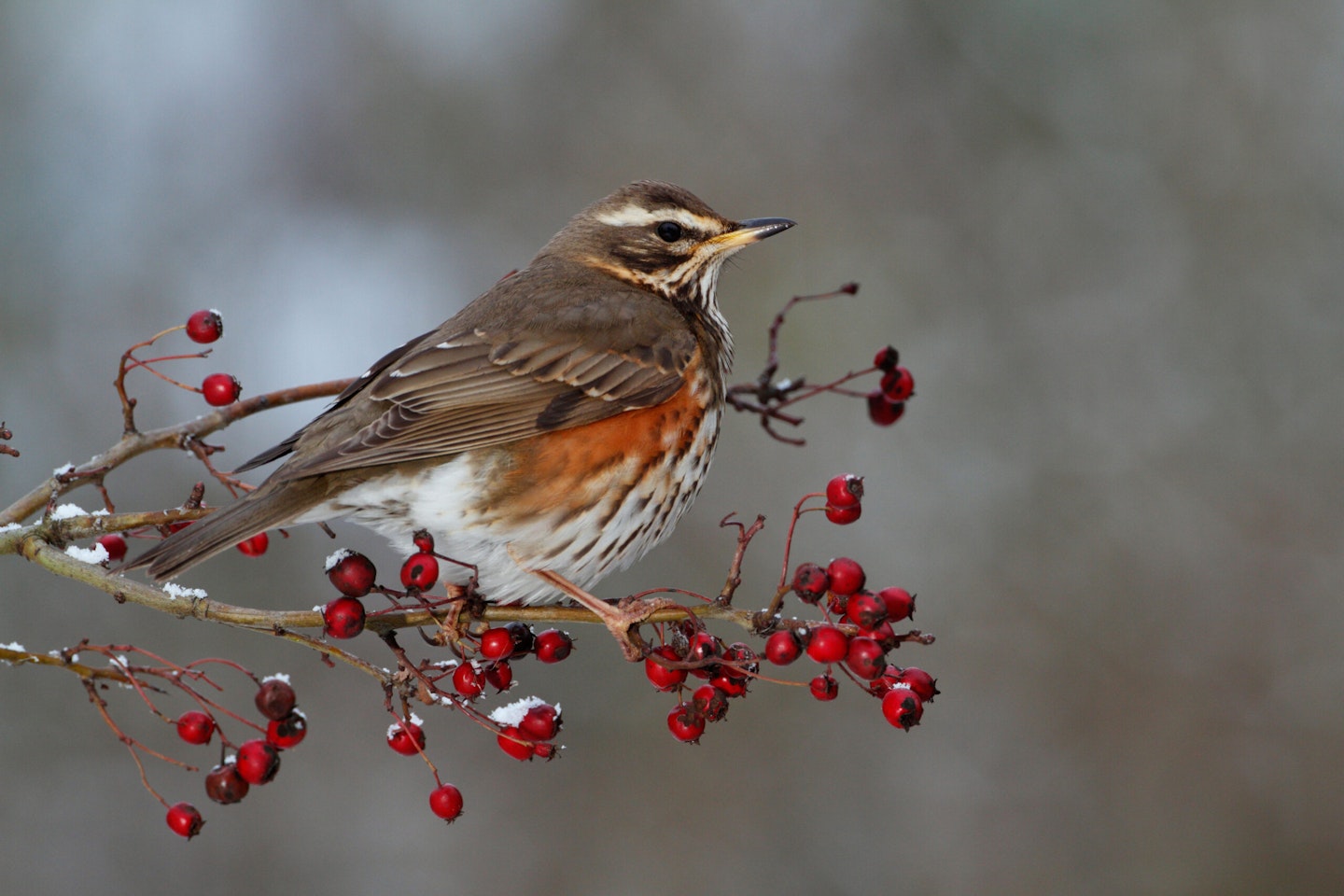
Even smaller and shorter tailed than a Song Thrush, the Redwing has a distinctive face pattern, with bold pale supercilium (eye brown) and bred-ochre flank patches and underwings. This ‘pseee’ call, often heard from overflying birds, even at night.
FIELDFARE
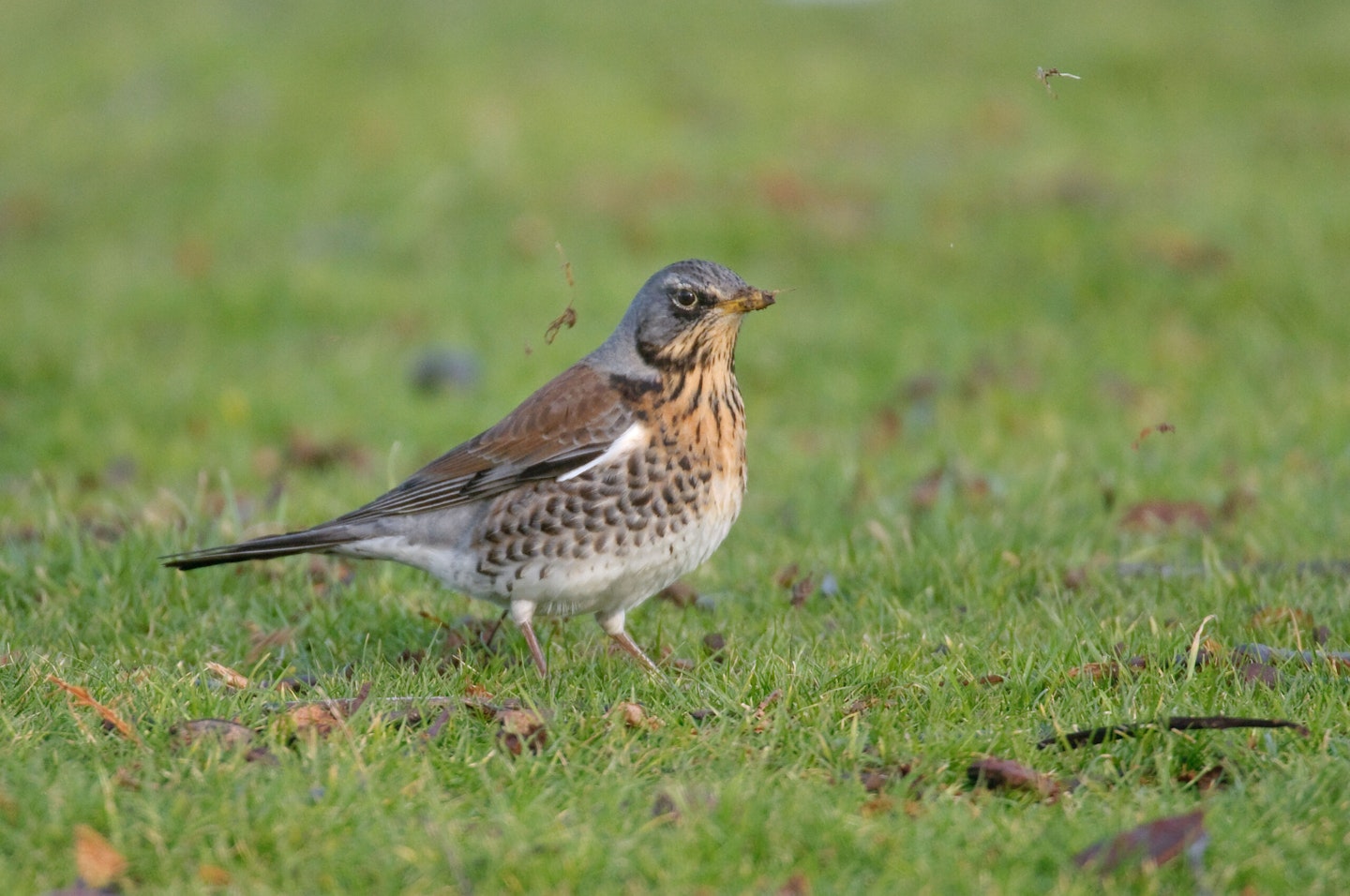
Almost as big as Mistle thrush and sharing its white underwing, the Fieldfare is a striking bird if seen well. The head and rump are pale blue-grey and the back brown and tail black. The breast has a yellow ochre flush. Distinctive ‘chack chack’ call
All photos - Alamy
On November 15th, Snipe and Woodcock are our chosen two (with a bonus Jack Snipe)
